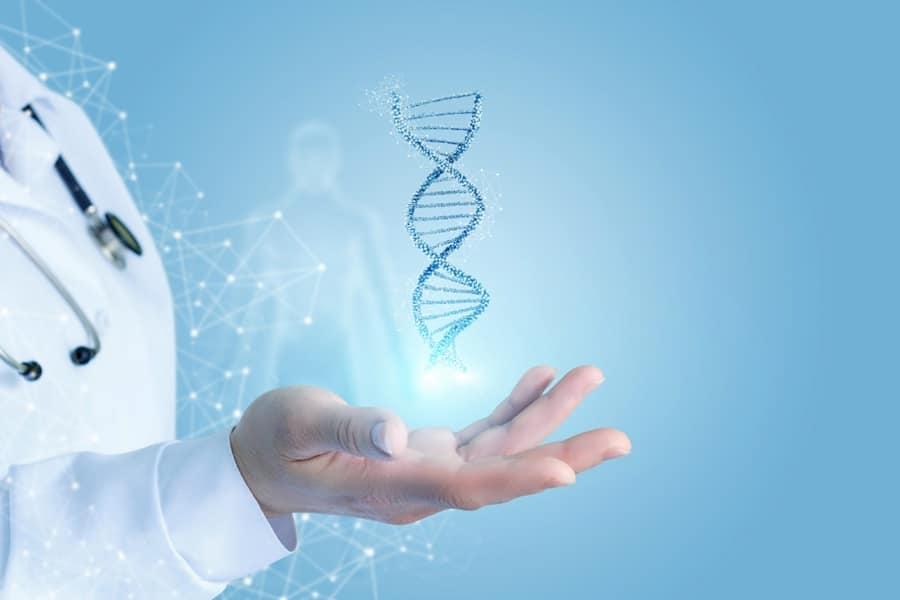Chemotherapy is a widely recognized medical treatment primarily used for cancer patients. Its role in cancer care is to use potent chemicals to kill or slow down the growth of malignant cells. While it’s a life-saving measure, the conversation often centers around its immediate side effects, such as hair loss, nausea, and fatigue. However, the long-term effects of this treatment modality are just as crucial, albeit less frequently discussed. This article aims to shed light on these long-term effects, explaining what chemotherapy is, how it works, and what physical, cognitive, and emotional challenges patients might face in the long run.
Contents
What Is Chemotherapy?

Chemotherapy employs a variety of drugs to combat cancer cells. These drugs interrupt the cancer cell cycle, preventing their multiplication and spread. However, the process is not without its drawbacks. Chemotherapy does not differentiate between cancer and some healthy cells, often leading to various side effects.
The ultimate goal of chemotherapy is multifaceted. It aims to cure cancer when possible, control the spread of cancer when curing is not feasible, and alleviate symptoms to improve quality of life when control is impossible. The broad objectives make it an integral part of cancer treatment but also necessitate a closer look at the long-term effects.
Common Short-Term Effects of Chemotherapy

One of the major hurdles that people undergoing chemotherapy face is the immediate side effects. These range from physical symptoms like hair loss, nausea, and fatigue to emotional disturbances like anxiety and depression. These side effects can be severe enough to disrupt daily life, adding another layer of stress to an already stressful situation.
While these short-term side effects are usually the focal point of chemotherapy discussions, it is vital to venture beyond this timeframe. Long-term effects are just as real and can significantly impact a person’s life after they’ve beaten cancer or completed their treatment. Transitioning from short-term to long-term, the next section delves into the fundamental workings of chemotherapy.
How Chemotherapy Works

To understand the long-term effects of chemotherapy, one must first grasp how it works at the cellular level. Chemotherapy targets rapidly dividing cells, a hallmark characteristic of cancer. The treatment intervenes in different phases of cell division, ultimately inhibiting the cancer cells from growing and spreading. This approach is effective but not highly selective, affecting other rapidly dividing cells in the body, like hair follicles and the digestive tract.
The indiscriminate targeting of cells by chemotherapy explains its short-term and long-term effects. Since the drugs affect the cancer cells and various other cells in the body, the impacts can be wide-ranging and long-lasting. This broad spectrum of effects sets the stage for numerous physical, cognitive, and emotional long-term consequences, which will be explored in the subsequent sections of this article.
Physical Long-Term Effects

While the main focus of chemotherapy is to destroy cancer cells, its systemic nature often affects other parts of the body, leading to a variety of long-term physical effects. One common issue is organ damage, specifically affecting the heart, liver, and kidneys. For instance, certain chemotherapy drugs have been known to induce cardiotoxicity, causing long-term damage to the heart. Similarly, the liver and kidneys, which play key roles in detoxifying the body, may also face long-term damage due to the harsh chemicals used in the treatment.
Another serious consideration is the increased risk of secondary cancers. While chemotherapy aims to cure or control existing cancer, it also poses a paradoxical risk by making the body susceptible to new forms of cancer later in life. Additionally, the treatment can lead to reproductive issues. Many patients, particularly those of child-bearing age, experience fertility complications and hormonal imbalances that can persist long after treatment.
Cognitive Long-Term Effects

Often colloquially termed “chemo brain,” many patients report long-term cognitive difficulties following chemotherapy. These cognitive effects can include problems with memory, concentration, and mental agility. For some, these symptoms subside within months after the treatment ends, but for others, they can linger for years, affecting quality of life and the ability to perform day-to-day tasks.
The cognitive impairments are not solely limited to memory and concentration. Many individuals also report long-lasting emotional effects, including heightened risks of depression and anxiety. These emotional symptoms may be due to the physical changes caused by the treatment and the psychological stress of dealing with a life-threatening illness over an extended period.
Psychological and Emotional Long-Term Effects

Chemotherapy can take a heavy emotional and psychological toll beyond the active treatment period. Many survivors live with a persistent fear of cancer recurrence, a concern that can lead to ongoing anxiety and depression. This emotional burden often has a domino effect, affecting social interactions and personal relationships.
Moreover, undergoing chemotherapy can significantly change a person’s self-image and body perception, owing to physical changes like hair loss, weight gain or loss, and scarring. Such changes can affect confidence and emotional well-being, leading to long-term psychological issues that may require intervention.
Coping Mechanisms and Support

Long-term effects of chemotherapy often necessitate a structured support system for ongoing coping and adjustment. Medical follow-ups, including regular tests and scans, are essential for monitoring the treatment’s long-lasting or late-onset effects. Timely medical intervention can mitigate some of these long-term effects, enhancing the survivor’s quality of life.
In addition to medical support, psychological and emotional aid can be invaluable. Many people find solace in therapy or support groups, which offer a platform to share experiences, challenges, and coping strategies. Peer support can be particularly potent, providing firsthand insights that medical professionals might be unable to offer.
Pros and Cons of Chemotherapy
When considering chemotherapy as a treatment option, patients and healthcare providers must weigh the benefits against the potential long-term effects. On the one hand, chemotherapy can be life-saving, effectively treating many types of cancer and significantly increasing the odds of survival. On the other hand, the treatment comes with a risk profile that includes various long-term effects, some of which have been discussed in this article.
The decision to proceed with chemotherapy is highly individualized and typically involves a multi-disciplinary team of healthcare providers. The goal is always to tailor the treatment to the individual, considering various factors like the type of cancer, the stage of the disease, and the patient’s overall health and lifestyle.
The Bottom Line
Understanding the long-term effects of chemotherapy is crucial for anyone facing this challenging yet often necessary treatment. While it comes with various short-term and long-term side effects, ranging from physical and cognitive to emotional and psychological, being informed allows patients and their families to make more educated decisions. Advances in medical research are continuously working to mitigate these effects. Still, for now, awareness and informed decision-making, regular medical follow-ups, and a strong support system are the best tools for navigating the complexities of life post-chemotherapy.


